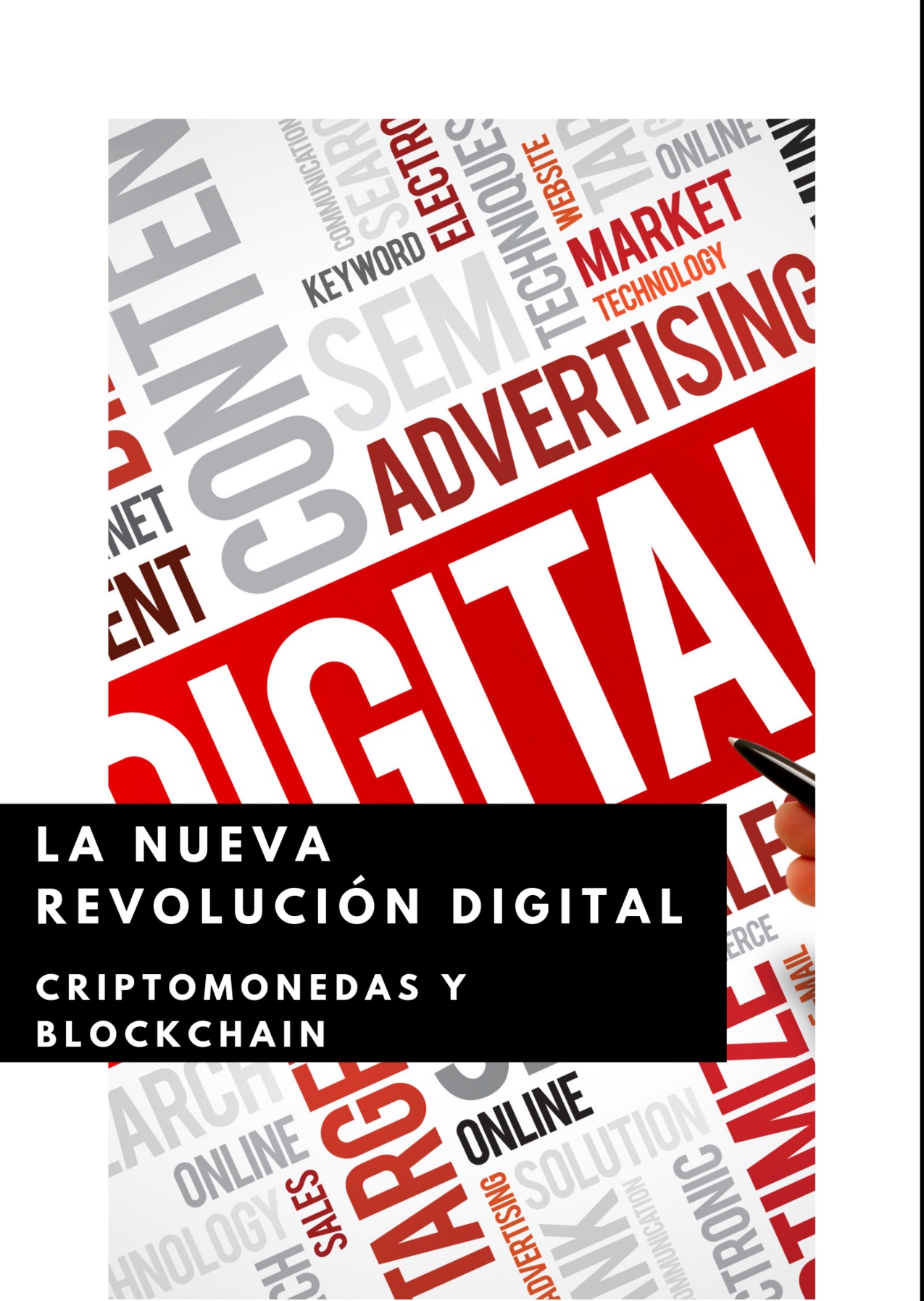Syllabus⇝
Capitalism has been or is the leading economic system and the way of understanding business and how the three sectors (Public, Private and Civil) interact. Money makes the world go round. If we want to Design the Emergent Future, we need to understand how entities (humans and businesses) interact, record transactions and how the economy is influenced by private ownership, behaviour, expectations, markets and rules. Students will briefly go thru the recent history of Macro Economics and discuss Classical Economy, Keynesian Economics to understand how we ended with overwhelmed governments and international institutions discussing, QE, tariffs, migration policies and SDG’s. The first unit will finish with a brief introduction to Micro Economics where students will discuss opportunity costs, elasticity, markets, pricing & competition. The second part will be explaining the basic accounting equation and the dual entry principle. What do Financial Statements tell us and what are their shortcomings? In this unit the course provides a deep enough understanding of assets, liabilities & equity. What are the basic rules behind the so called ‘business language’? The fundamentals of the Balance Sheet, the Income Statement and the Cash Flow Statement will be explained and discussed. The last unit of the course will be around Time in the broader sense: Where are we as human kind at the beginning of the XXI Century?
-
Debt: Public & Private
-
Time Preference
-
Accelerating Business Growth
-
Derivatives
All together the Learning Objectives are to arm the students with basic understanding and tools on where we are, how we got here and what can be done to design the imminent future in a more sustainable environment conducting business and transacting goods or services for equivalent resources or money. Among these objectives students will find:
-
Understand and criticize the most important economic theories
-
Appreciate the importance of the Supply and Demand model
-
Identify the economic issues and point out possible solutions
-
Generate awareness how business transactions affect the element of the accounting equation
-
Explain how economies of scale can reduce unit costs
-
Identify strategies that companies use to lower their break-even point
-
Examine the theory and practice of financing an entity using debt & equity
-
Enable to assess the benefit of ‘access over ownership’
Additional Resources⇝
Accounting and Financial Fundamentals for non Financial Executives R. Rachlin & A. Sweeny
ISBN 978-0-8144-7928-5
Background Research Material
Deep Time History - CuriosityStream
BLOCKCHAIN, The Value Transmission⇝

Syllabus and Learning Objectives⇝
The world of cryptocurrencies and their initial sales events or ICO (Initial Coin Offer) are part of our economic and social reality. Knowing the fundamental technical and philosophical concepts of blockchain technology, on which cryptocurrencies are based, is essential to understand new business models and new distributed services. It is essential to know the main existing blockchain networks and their associated cryptocurrencies or tokens. In this course we will further analyse the concept of token and ICO, in addition to studying the different types of existing tokens. The knowledge acquired will allow us to assess the convenience of the use of blockchain in our project and its potential value tokenization.
Total Duration⇝
10-12 am (27th, 28th, 29th November)
Structure and Phases⇝
-
Introduction
-
What is blockchain (BC)?
- Blockchain Properties
- Main uses of Blockchain
- Philosophical values
-
Cryptocurrency or token?
-
Technical foundations
-
Blockchain base technologies
- Private key
- Decentralized databases
- Transaction Validation
- Proof of work
- Proof of stake
-
Zero Proof
-
Main blockchain networks.
-
BITCOIN
- ETHEREUM
- DARK COINS
- Monero
- Zcash
- Dcash ECOSYSTEMS
- BURNING
- WAVES
-
DUSK
-
ICOs and types of tokens.
-
ICO
- Token utility
- Token security
-
Equity token
-
Tokenomic
-
Token supply
- Token pricing
-
Elements of value and traction in an ICO
-
Regulatory
-
Utility vs security?
- Equity Tokenization
-
Restrictions on securities
-
Communication channels
-
Tools and platforms.
- Bibliography
Output⇝
One page proposal
Grading Method⇝
Class discussion and one page proposal.
Bibliography⇝
“La nueva revolución digital, criptomonedas y blokchain “ by Joan Torras Rague. “Mastering Blockchain: Programming de open blockchain” by Andreas M. Antonopoulos
Background Research Material⇝
Whitepaper by Satoshi Nakamoto Reference web on Bitcoin
Requirements for the Students⇝
Buy your first 100 bugs in crypto if you did not do it before.
Infrastructure Needs⇝
White board and projector.
Faculty⇝
With a strong background in Finance & Accounting, Carlos has been working for large multinational corporations, manufacturing and Business Process Outsourcing based in Barcelona close to 20 years. In 2014 he focuses full time on the recent phenomenon of Bitcoin and other cryptocurrencies and the technology and protocols enabling decentralized and trustless transfer of value. Currently under 3 different brands Carlos’ company offers coworking space in Vilanova, cryptocurrency consulting and Finance and Blockchain Education.
Serial entrepreneur. Co-Founder CELL.market, specialised equity token market for biotechnology. COO at Capital Cell, crowdinvesting platform for biotech. Blockchain lecturer and tutor at IEBS school.


